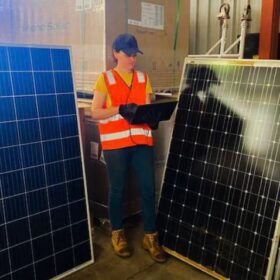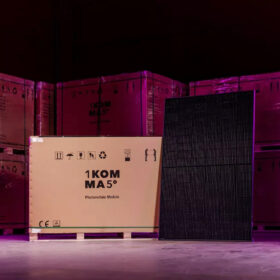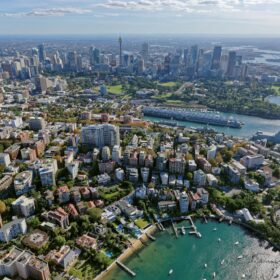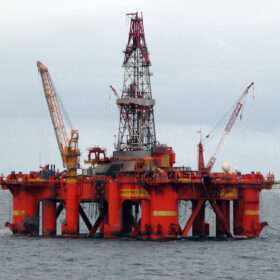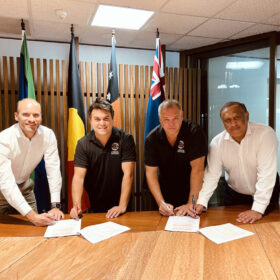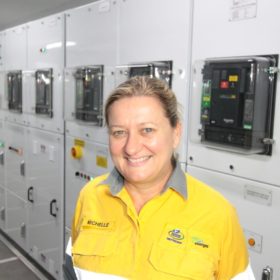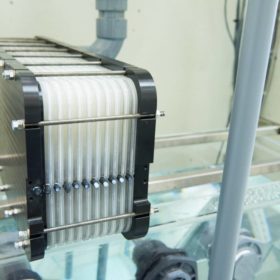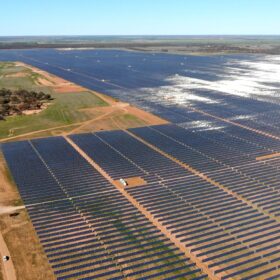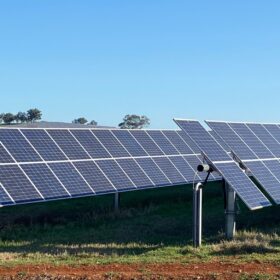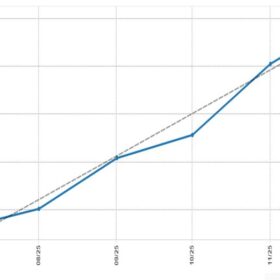How to build, finance product stewardship scheme for solar panels
Researchers in Australia have provided a series of recommendations to set up regulatory frameworks for PV module recycling and reuse. They said that, as a rule of thumb, landfill bans, tracking of the panels’ serial numbers, and a clear definition of ownership should always be included in the legislation for end-of-life solar products.
Thermal storage company approved to build renewable and agriculture precinct in central NSW
Australian thermal storage company, Graphite Energy, has received development approval for a $29 million (USD 18.6 million) sustainable energy precinct in Lake Cargelligo, in the mid-west of New South Wales.
German ‘ethical, low carbon’ solar panel range hits Australian market
1Komma5°, a German startup aggressively expanding in Australia, has now begun taking Australian orders for its own line of “ethical, low carbon” solar panels.
The case for hard carbon-based sodium-ion batteries
Researchers in China have summarised the technical issues hindering the development of hard carbon, which is regarded as the most promising anode for high-performance, commercial sodium-ion batteries.
Emissions reduction in Australia 30 times too slow for Paris targets, ‘green growth’ a myth
A new study assessing 11 high-income countries, including Australia, has found they are not reconciling their growth-based economic systems with actual, timely emissions reductions.
Greenpeace notes widespread greenwashing among fossil fuel companies
A new report published by environmental campaign group Greenpeace analyses financial statements from 12 major European headquartered oil companies. The study finds that, despite many public claims to be participating the energy transition, both the current activities and future investment plans of these companies are dominated by fossil fuels.
Three major, Indigenous-led solar and storage projects announced for the NT in $1 billion investment plan
Desert Springs Octopus has announced three solar and storage projects between 150 MW and 10 MW for the Northern Territory which it will pursue in partnership with First Nations groups, the Larrakia Nation and Jawoyn Association.
Four Queensland towns funded to switch from diesel to solar and batteries
Four western Queensland communities powered by state-owned diesel generators are set to switch to solar and batteries, including Boulia, Burketown, Doomadgee and Windorah.
Renewable PPAs see Sydney councils save $36 million
An alliance of eight Sydney councils have saved their ratepayers over $36 million (USD 23 million) by organising 100% renewable energy power purchasing agreements and working together on local energy projects.
Study finds redesigned zinc-air batteries a ‘better alternative’ to lithium
Researchers at Edith Cowan University have redesigned zinc-air batteries to an extent where the team’s study found the technology to be preferable to lithium-ion batteries, even for electric vehicles.
